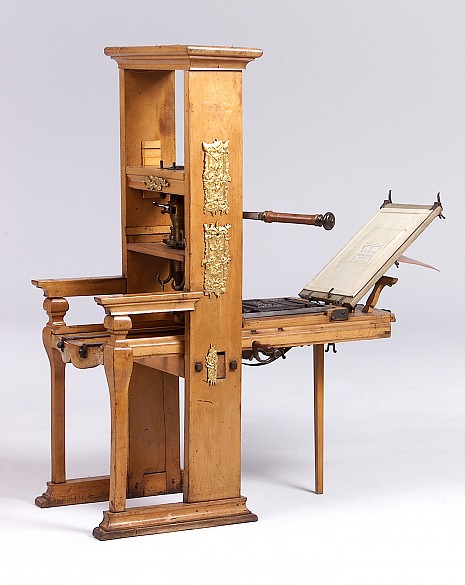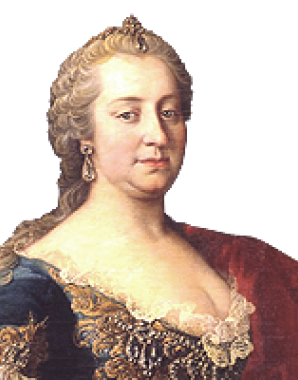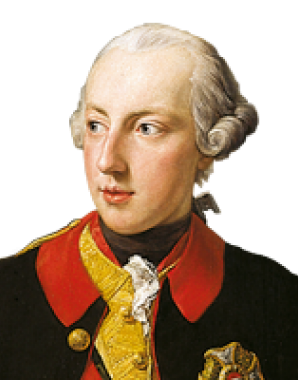The first schoolbooks are printed
The same education for everyone! Standardized textbooks facilitated the development of a standardized school system.
U. Giese, Johann Thomas Edler von Trattner Sp. 1019, zit. in Vocelka, Karl: Glanz und Untergang der Höfischen Welt. Repräsentation, Reform und Reaktion im habsburgischen Vielvölkerstaat (Wolfram, Herwig (Hg.): Österreichische Geschichte 1699-1815), Wien 2001, 252.Meanwhile, however, my dear Trattner, we inform you that it is Our principle of state to have books published, almost nothing is available, much must be printed. … Print away. Sonnenfels will tell you what.
School textbooks provided new aids for teaching. The ‘most essential and most fundamental’ principles for school-teaching were contained in the textbook Kern des Methodenbuches published in 1777. This guide for teachers was the quintessential pedagogic reader. Its (uncredited) author, Johann Ignaz Felbiger, succeeded in incorporating contemporary pedagogic knowledge into the canon of the order on compulsory education. The Kern des Methodenbuches was a condensed version of the comprehensive work Methodenbuch für Lehrer der deutschen Schulen in den kaiserlich-königlichen Erblanden (Methodological Handbook for Teachers in the German Schools in the Imperial-Royal Crown Lands), published in 1775). With textbooks such as this, education – hitherto neglected and patchy at best – could largely be standardized. Printing companies, such as that of Johann Thomas von Trattner, were commissioned to produce editions in sufficient numbers. The pirating of editions was customary at this time, since it served the ends of reformist politics. Maria Theresa in person commanded the printing of books for teaching and learning:
Meanwhile, however, my dear Trattner, we inform you that it is Our principle of state to have books published, almost nothing is available, much must be printed. … Print away. Sonnenfels will tell you what.
Teaching took place predominantly in the national languages, but the learning of German was a fixed component of all curricula. Textbooks appeared in Italian, Czech, Polish. Ukrainian, Slovenian, Croatian, Serbian, Church Slavonic, Hungarian and Romanian. A hundred titles had already been published by 1780. Many schoolbooks were issued by the Verlag der deutschen Schulanstalt (now the Österreichischer Bundesverlag). Some 25% of the schoolbooks that were published had to be given free to children from impoverished families.















